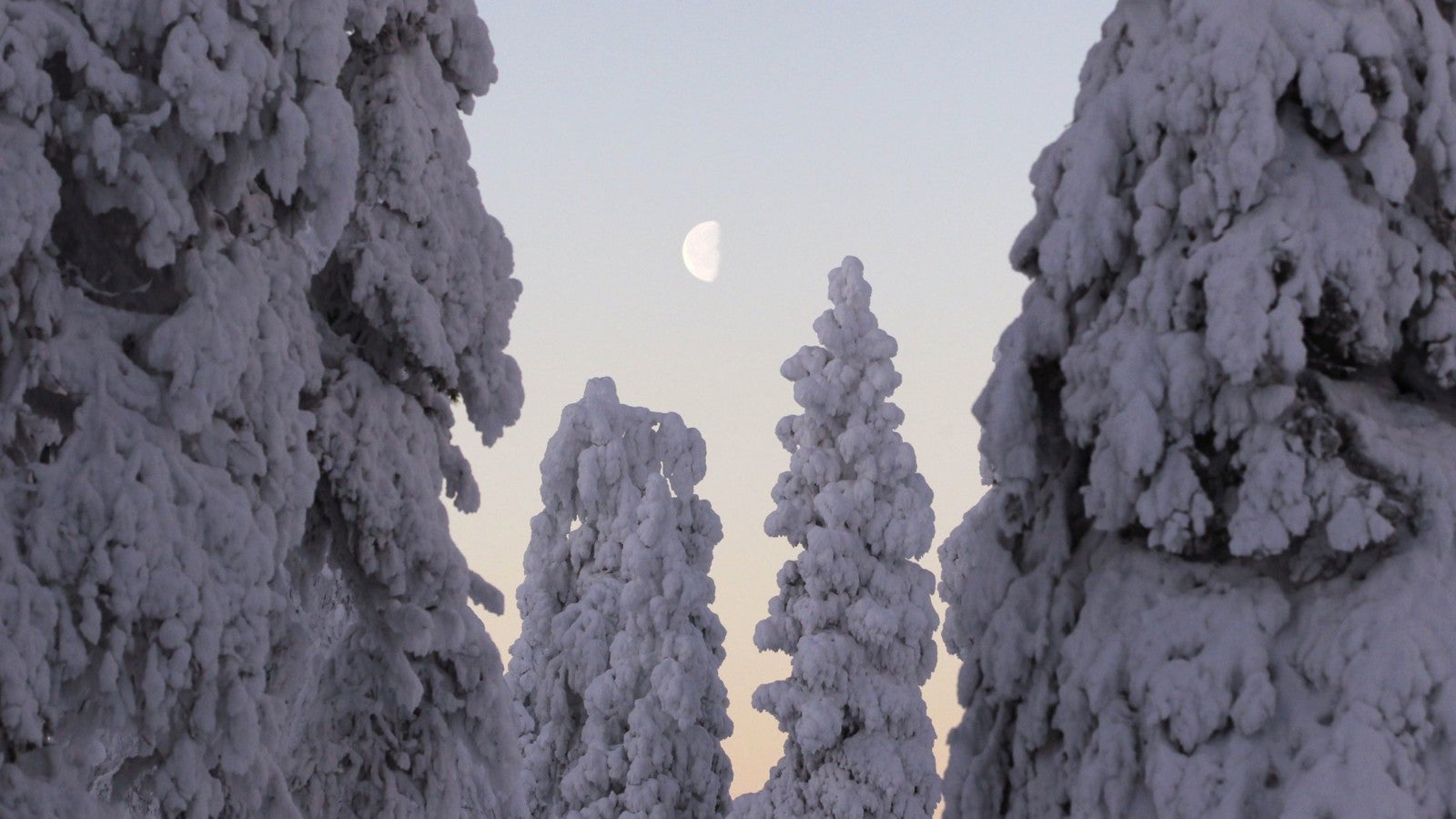Finland is building a huge solar farm in a city with just 3.5 hours of winter daylight
Oulu, a city in the north of Finland, will soon house the country’s biggest solar installation: 1,600 rooftop panels that will provide energy to a newspaper printing plant. Well, some of the time.


Oulu, a city in the north of Finland, will soon house the country’s biggest solar installation: 1,600 rooftop panels that will provide energy to a newspaper printing plant. Well, some of the time.
Oulu’s latitude means that winter days get as short as three and a half hours, when the panels’ output will drop dramatically. It’s a particularly extreme example of the big problem renewable energy sources like wind and solar face, namely that the sun isn’t always out and the wind doesn’t always blow. Countries that invest in these technologies also need backup generation, often from fossil-fuel sources.
But of course, Oulu’s short winter days have a flipside. In June—when jubilant Finns enjoy their midsummer celebrations—days stretch to over 20 hours, and generation from the panels will rise accordingly.
There are other reasons behind the decision. Oulu, one of Finland’s largest cities, and one of the northernmost large cities in the world, sees itself as an energy and technology research center. Per-capita research and development spending is the highest in the country, and fifth in Europe.
As north European countries like Germany, Denmark and the UK (paywall) make huge efforts to change their energy systems, they must squeeze every last watt out of the environment around them. Solar power—even in the darker, colder countries of northern Europe—is increasingly becoming part of the mix.